Anilino-methyl-triethoxysilane
- CAS NO.:3473-76-5
- Empirical Formula: C13H23NO3Si
- Molecular Weight: 269.41
- MDL number: MFCD08275519
- SAFETY DATA SHEET (SDS)
- Update Date: 2024-12-16 18:36:03
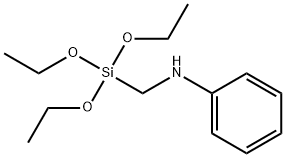
What is Anilino-methyl-triethoxysilane?
Chemical properties
Yellowish clear liquid
The Uses of Anilino-methyl-triethoxysilane
N-[(Triethoxysilyl)methyl]aniline is a silane coupling agent.
Properties of Anilino-methyl-triethoxysilane
| Boiling point: | 132-142°C (4 mmHg) |
| Density | 1,004 g/cm3 |
| refractive index | 1.4857 |
| Flash point: | >110°C |
| storage temp. | under inert gas (nitrogen or Argon) at 2–8 °C |
| pka | 4.15±0.50(Predicted) |
| Specific Gravity | 1.004 |
| Hydrolytic Sensitivity | 7: reacts slowly with moisture/water |
| CAS DataBase Reference | 3473-76-5(CAS DataBase Reference) |
Safety information for Anilino-methyl-triethoxysilane
| Signal word | Danger |
| Pictogram(s) |
 Corrosion Corrosives GHS05  Skull and Crossbones Acute Toxicity GHS06  Health Hazard GHS08  Environment GHS09 |
| GHS Hazard Statements |
H302:Acute toxicity,oral H314:Skin corrosion/irritation H317:Sensitisation, Skin H330:Acute toxicity,inhalation H336:Specific target organ toxicity,single exposure; Narcotic effects H341:Germ cell mutagenicity H360:Reproductive toxicity H370:Specific target organ toxicity, single exposure H372:Specific target organ toxicity, repeated exposure H410:Hazardous to the aquatic environment, long-term hazard |
| Precautionary Statement Codes |
P201:Obtain special instructions before use. P202:Do not handle until all safety precautions have been read and understood. P260:Do not breathe dust/fume/gas/mist/vapours/spray. P264:Wash hands thoroughly after handling. P264:Wash skin thouroughly after handling. P270:Do not eat, drink or smoke when using this product. P271:Use only outdoors or in a well-ventilated area. P272:Contaminated work clothing should not be allowed out of the workplace. P273:Avoid release to the environment. P280:Wear protective gloves/protective clothing/eye protection/face protection. P284:Wear respiratory protection. P391:Collect spillage. Hazardous to the aquatic environment P301+P330+P331:IF SWALLOWED: Rinse mouth. Do NOT induce vomiting. P303+P361+P353:IF ON SKIN (or hair): Remove/Take off Immediately all contaminated clothing. Rinse SKIN with water/shower. P333+P313:IF SKIN irritation or rash occurs: Get medical advice/attention. P405:Store locked up. P403+P233:Store in a well-ventilated place. Keep container tightly closed. |
Computed Descriptors for Anilino-methyl-triethoxysilane
New Products
(S)-3-Aminobutanenitrile hydrochloride 4-Methylphenylacetic acid N-Boc-D-alaninol N-BOC-D/L-ALANINOL Tert-butyl bis(2-chloroethyl)carbamate 3-Morpholino-1-(4-nitrophenyl)-5,6-dihydropyridin- 2(1H)-one Furan-2,5-Dicarboxylic Acid Tropic acid 1-Bromo-3,5-Di-Tert-Butylbenzene S-2-CHLORO PROPIONIC ACID ETHYL ISOCYANOACETATE 2-Bromo-1,3-Bis(Dimethylamino)Trimethinium Hexafluorophosphate 4-IODO BENZOIC ACID 3-NITRO-2-METHYL ANILINE 1-(2,4-DICHLOROPHENYL) ETHANAMINE (2-Hydroxyphenyl)acetonitrile 4-Bromopyrazole 2-(Cyanocyclohexyl)acetic acid 4-methoxy-3,5-dinitropyridine 1-(4-(aminomethyl)benzyl)urea hydrochloride 2-aminopropyl benzoate hydrochloride diethyl 2-(2-((tertbutoxycarbonyl)amino) ethyl)malonate tert-butyl 4- (ureidomethyl)benzylcarbamate Ethyl-2-chloro((4-methoxyphenyl)hydrazono)acetateRelated products of tetrahydrofuran
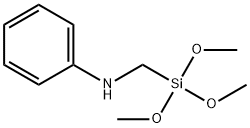
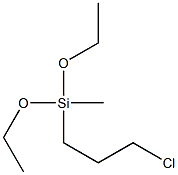
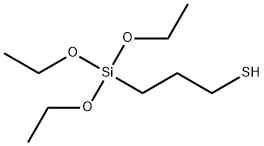



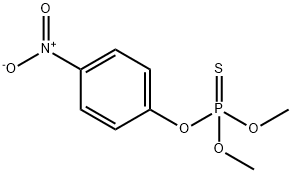
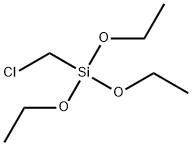
You may like
-
 N-((Triethoxysilyl)methyl)aniline 97% CAS 3473-76-5View Details
N-((Triethoxysilyl)methyl)aniline 97% CAS 3473-76-5View Details
3473-76-5 -
 2033-24-1 98%View Details
2033-24-1 98%View Details
2033-24-1 -
 1975-50-4 98%View Details
1975-50-4 98%View Details
1975-50-4 -
 2-HYDROXY BENZYL ALCOHOL 98%View Details
2-HYDROXY BENZYL ALCOHOL 98%View Details
90-01-7 -
 2-Chloro-1,3-Bis(Dimethylamino)Trimethinium Hexafluorophosphate 221615-75-4 98%View Details
2-Chloro-1,3-Bis(Dimethylamino)Trimethinium Hexafluorophosphate 221615-75-4 98%View Details
221615-75-4 -
 61397-56-6 CIS BROMO BENZOATE 98%View Details
61397-56-6 CIS BROMO BENZOATE 98%View Details
61397-56-6 -
 14714-50-2 (2-Hydroxyphenyl)acetonitrile 98+View Details
14714-50-2 (2-Hydroxyphenyl)acetonitrile 98+View Details
14714-50-2 -
 118753-70-1 98+View Details
118753-70-1 98+View Details
118753-70-1
Statement: All products displayed on this website are only used for non medical purposes such as industrial applications or scientific research, and cannot be used for clinical diagnosis or treatment of humans or animals. They are not medicinal or edible.